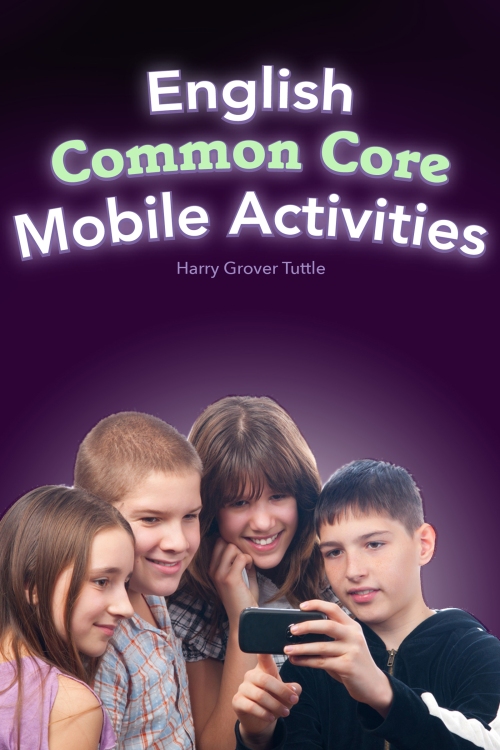Based on my presentation at ISTE 2014 Mobile Megashare
Why teach about other countries?
Location: Large view to small on maps.
Culture or culture.
Find six similarities in a mobile picture from another culture (“Wars are caused by differences, not similarities.”-Tuttle.)
Tell one piece of information from each different Internet visual from a place in that country.
Have students do a Visual Analysis and Interpretation (Literal; Inference; and Value) for visuals from another country. Use Flickr to find current images.
Analyze the same topic by looking at pictures from various countries in the same continent.
Have students interview a person from another country for a specific topic about her/his country and record on mobile.
Avoid visual and verbal stereotypes and overcome existing ones.
More important to know how to interact with others that when that country’s battle for independence was. Find daily cultural customs at http://www.kwintessential.co.uk/resources/country-profiles.html
What attitude will your students have about the people of the country after the lesson/unit?
My Modern Language Blog:
My newest book, English Common Core Mobile Activities, 150+ mobile activities organized by ELA CCSS Anchor Statements Grades 6-12 (can adapt up or down). For Android and iPad, mostly free easy to use apps. Pair and small group work. 7.99 at http://bit.ly/tsmash



